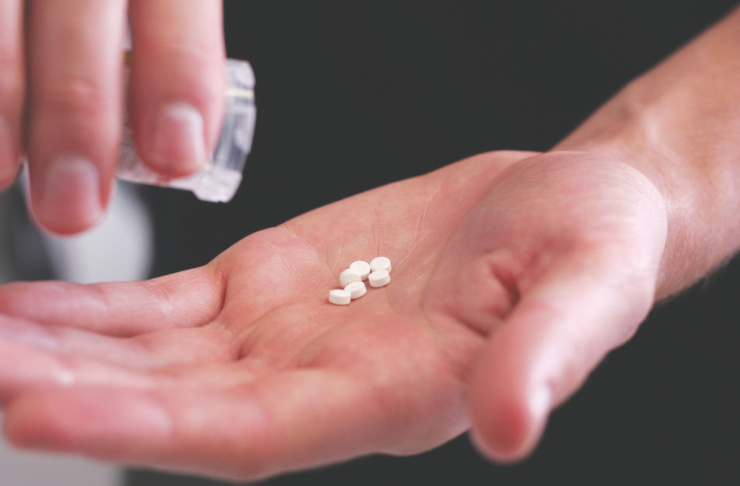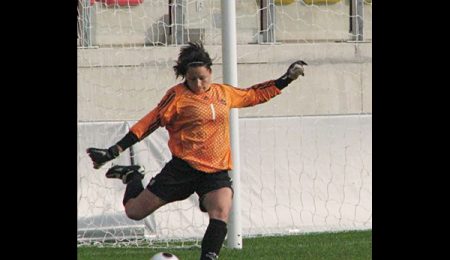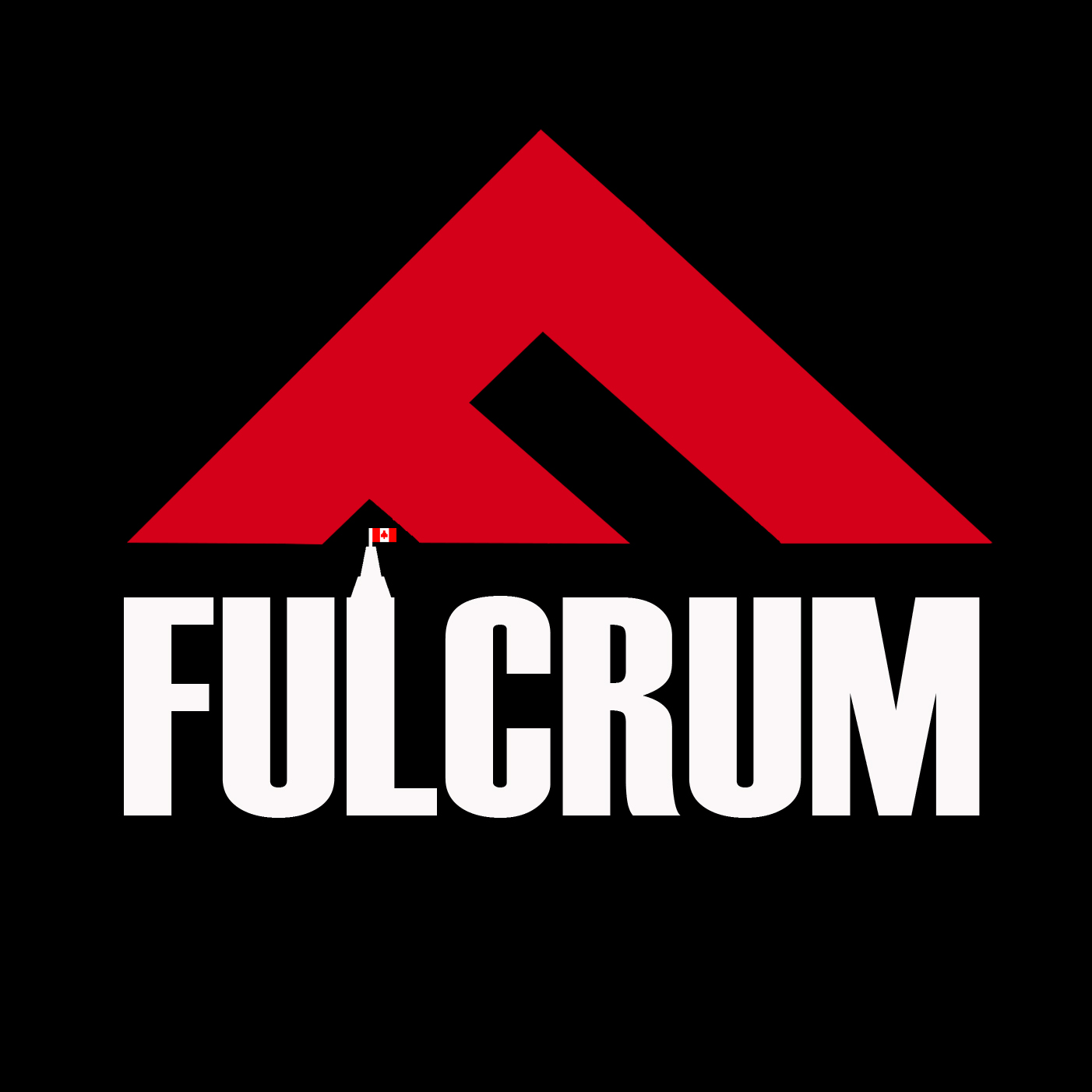In the CIS, it may be harder to weed out dopers than you think
Doping continues to be a threat to the integrity of all kinds of sports, and collegiate athletics in Canada are not free from the potential of performance-enhancing substance use among their ranks.
News recently broke that Denver Broncos wide receiver Wes Welker tested positive for MDMA. While the party drug isn’t really considered a performance enhancer, it is on the list of prohibited substances, and its use is considered doping according to the Canadian Centre for Ethics in Sport (CCES). As is usually the case whenever it’s revealed that a major athlete has been doping, it has opened up the conversation about how to prevent performance-enhancing drug use—and what’s even considered performance enhancement to begin with.
Every year, Gee-Gees athletes must take a series of “doping control” tests in order to compete in Canadian Interuniversity Sport (CIS). The CCES, on average, provides 200 drug tests a year for more than 11,000 CIS athletes across the country. These tests cost upwards of $1,000 each.
So far, the majority of CIS doping scandals have occurred with football players. In 2010, eight players at the University of Waterloo were suspended for anti-doping violations, and a ninth was arrested for possession and trafficking of steroids and HGH. Since then, 14 other Canadian college football players have tested positive for banned substances.
Generally, there has been a major focus concerning men’s football and men’s hockey. CIS director of operations Tom Huisman said the CCES does not consider athletes in other CIS programs at high risk for doping.
“Football is the highest risk, and hockey is considered a higher risk sport as well,” said Huisman. “The CCES administers the tests. They decide when, where, and who. It’s something that’s independent of us.”
Gabriel Tesfaye, a fourth-year Gee-Gees track and field athlete, said it’s probably an unnecessary precaution in sports that aren’t at high risk. “They are really expensive tests,” he said. “To do more than that would put a financial strain on the CIS.”
But CIS also invests in testing to some degree too. Huisman noted testing numbers have been declining, and in a measure to stem the flow of that decline, CIS football programs across the country have agreed to invest $2,500 each working with CCES and CIS to have these 200 tests available.
The Canadian Football League (CFL) also provides some support.
“This is the fourth year the CFL has provided funding,” said Huisman. “The top 75 to 80 eligible draft picks are tested.”
While many athletes are well aware of what drugs are banned—anabolic steroids are the most obvious ones—there does exist some grey area in terms of which substances are regulated. With limited research regarding supplements and their safety and effectiveness, they can be used as alternatives to performance-enhancing drugs by mimicking their effect without showing up on tests.
Products such as Sline Sane and Anabolic Pump increase endurance, for example. Cell Tech, which is similar to Supeudrol, was not banned by the CCES. Although Speudrol is not prohibited in competition, it is allowed outside competition.
If these products are available on the market and are perfectly legal, can one really blame certain athletes for taking advantage? Tesfaye said it’s fair game.
“If a competitor is taking it, then let his coach and him decided what would work best for their training,” he said. “If the government body hasn’t seen it as illegal, I think it’s fair based on the rules.”
Though the CCES is not overly concerned with the intake of supplements, athletes do have a responsibility to educate themselves about any risks involved in the intake of substances before using them. They have a strict liability when any banned substances are found in their sample.







